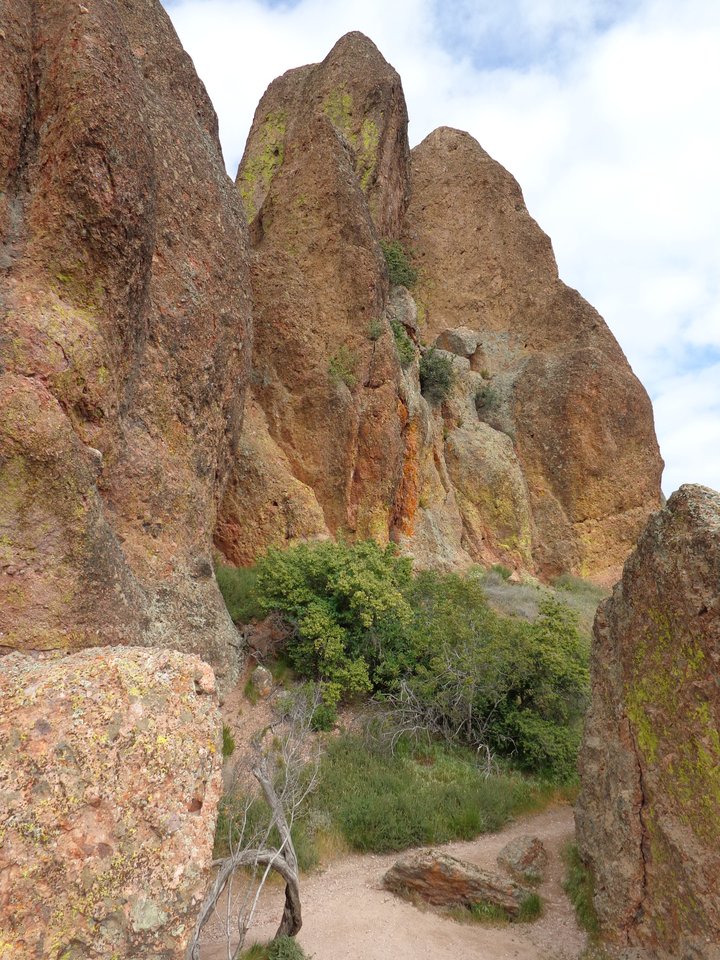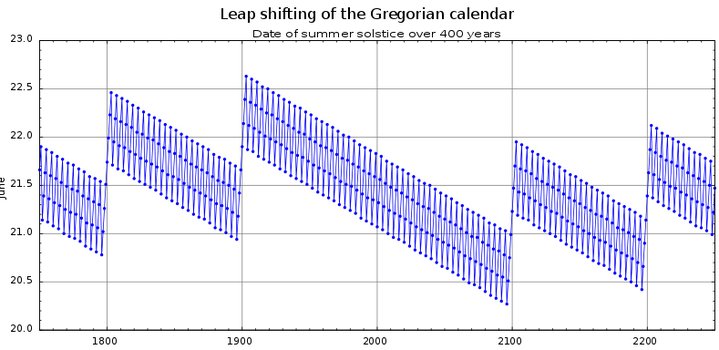My wife and I have a couple of rules for conflict which have mediated our occasional, but inevitable, differences over four decades. One is avoiding the word “why” as in, “Why do you always leave cookie crumbs on the sofa?” Who knows why? I just did. I can rationalize all I want, but I — conscious I — have no access to the dark, dank crumb-spilling innards of my brain. (We also try to avoid “always”…)
But sometimes “why” can lead to new insights and ideas. I get “why?” a lot in my guise as a hack science writer. Let’s deal with three I hear.
Why do men have nipples?
The late paleontologist Steven Jay Gould wrote that “no single item has evoked more puzzlement” than this question. I tackled it in a column some years ago, but it’s worth revisiting for what it says about many folks’ understanding of evolution.
The “pop” (and flawed) version of evolution claims that utility wins out in all cases, and useless organs are left by the wayside. But that assumes evolution has a guiding principle, instead of underlying randomness. Asking why of a random process (Why did that coin toss come up heads?) doesn’t get you anywhere.
Actually, male and female fetuses are indistinguishable until about the eighth week of pregnancy. Until then, what will become the clitoris and penis are the same organ, as are the labia majora and scrotum. (Thus handily answering, “Why does my scrotum have a seam down the middle?”)
Bottom line: both sexes are variants of a single plan, and we all started out alike. Male mammals have nipples because females need them to nurse their young.

Pinnacles (Barry Evans)
Why is Hollister celebrated on hoodies the world over?
When Louisa and I lived in the Bay Area, we’d stop off for pizza in Hollister en route home from Pinnacles National Monument (now Park). Sometime later, I started noticing that practically everyone was wearing Hollister-emblazoned hoodies and T-shirts. What had this small town — population about 40,000 — done to achieve such universal acclaim? Answer: nothing. Ohio-based Abercrombie & Fitch “pulled the Hollister name out of thin air” according to the Los Angeles Times. Not only is Hollister® not affiliated with Hollister, but A&F threatened to sue for trademark infringement when a local company tried to market “Hollister” inscribed clothes.
And the popular Hollister backstory, the one about an early surfer-dude by the name of John M. Hollister — born in Maine, sailed the world, ended up in Laguna Beach where he sold surfer gear and clothing? Urban legend. Sorry, John.

Why is there a leap
day?
According to Mondovo, this is by far the most asked “why” question to Google, with over two million searches a month. (Way down in second is “Why is the sky blue” garnering a mere 135,000 monthly searches, tying with “Why you always lying?”) (Well, why???)
Answer: If the Earth orbited the sun in an exact number of days, say 365, there would be no need for leap days. But the period of Earth’s orbit — i.e. the length of the year — is 365.2425 days, give or take. Meaning that in order to synchronize the calendar with the seasons (keeping the summer solstice is close to June 21, for instance — see diagram), we have to adjust for that 0.2425 days. If we didn’t, we’d “lose” almost six hours each year, or 25 days in a century.

The fix is to insert an
extra day every four years (February 29). Which would be fine if the
length of the year was 365.25 days. To deal with 0.2425, we skip
years divisible by 100, unless they’re divisible by 400: 1700,
1800, 1900 were leap years, 2000 wasn’t. Got it?
CLICK TO MANAGE